Understanding the Mechanism Behind Ball Check Valves
In the world of fluid control systems, the ball check valve plays a crucial role in ensuring the proper flow and prevention of backflow in various applications. This essential device operates on a simple yet effective mechanism that relies on the movement of a spherical ball within a chamber, providing a reliable solution for maintaining unidirectional flow. Understanding the mechanism behind ball check valves not only illuminates their importance in plumbing and industrial systems but also highlights their versatility in handling different fluids under varying pressures. By delving into the intricacies of how ball check valves function, we can appreciate their design, applications, and the engineering principles that make them an indispensable component in modern fluid management systems.
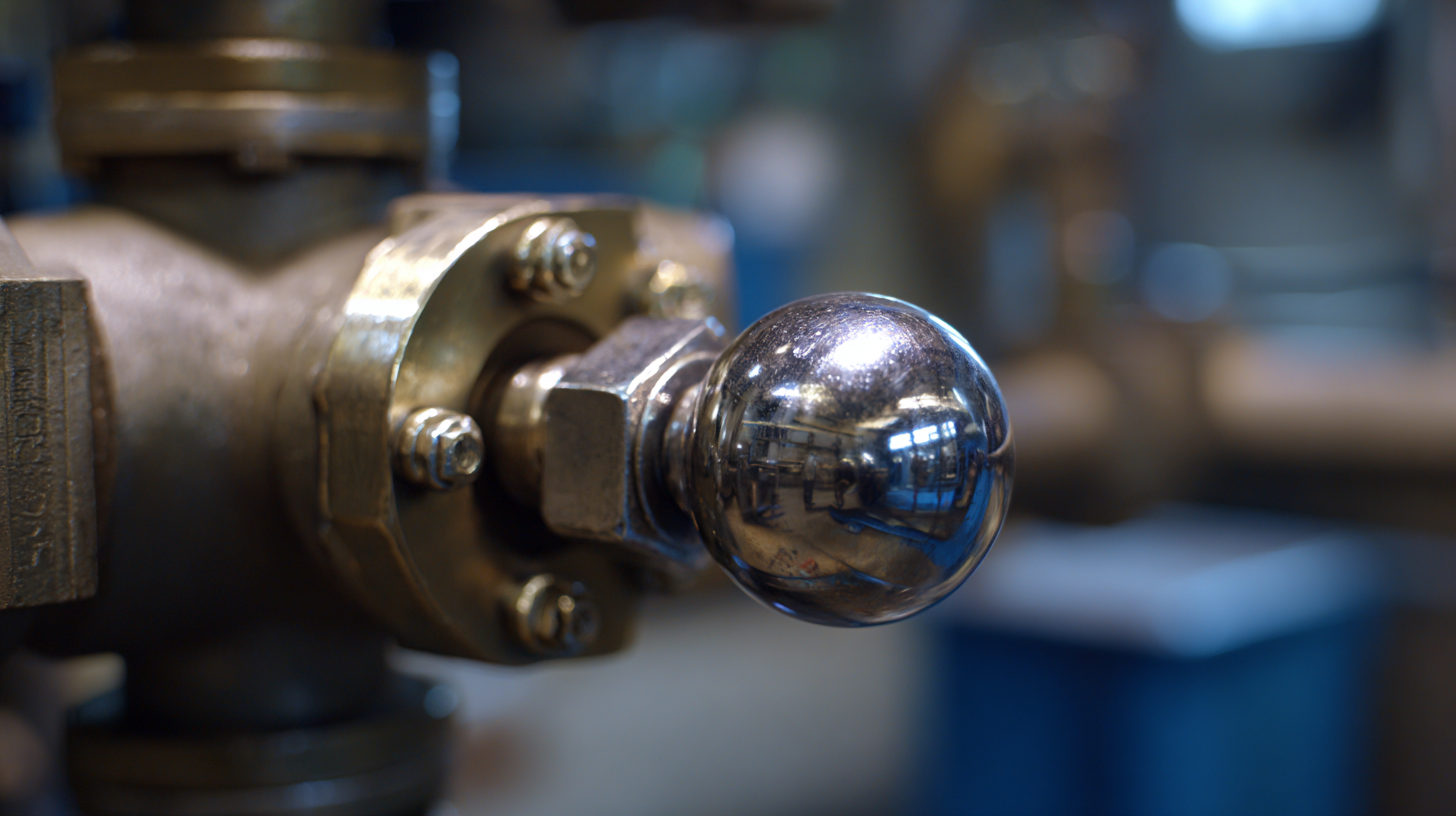
This blog will explore the fundamental aspects of ball check valves, enhancing our knowledge of their types, applications, and maintenance practices.
The Basic Design and Functionality of Ball Check Valves Explained
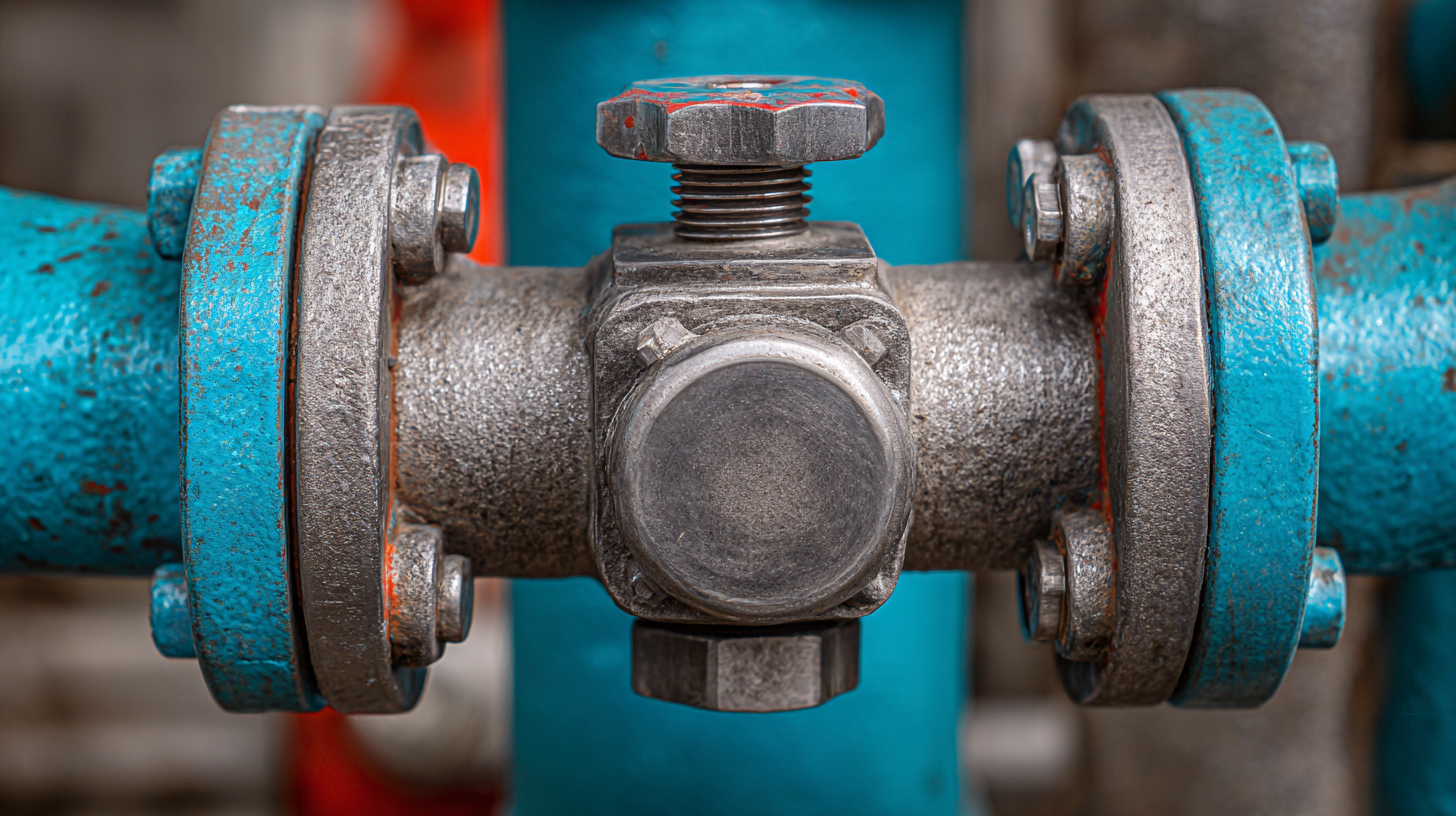 Ball check valves are crucial components in many fluid systems, providing a simple yet effective method for preventing backflow. The basic design of these valves features a spherical ball that sits within a seat, allowing fluid to flow in one direction while sealing against reverse flow. According to a report by MarketsandMarkets, the global market for check valves is projected to reach $5.74 billion by 2025, highlighting their significant role in various industries, including oil and gas, chemical processing, and water management.
Ball check valves are crucial components in many fluid systems, providing a simple yet effective method for preventing backflow. The basic design of these valves features a spherical ball that sits within a seat, allowing fluid to flow in one direction while sealing against reverse flow. According to a report by MarketsandMarkets, the global market for check valves is projected to reach $5.74 billion by 2025, highlighting their significant role in various industries, including oil and gas, chemical processing, and water management.
The functionality of ball check valves relies on the principle of gravity and fluid dynamics. When the fluid pressure enters the valve, it lifts the ball from its seat, allowing fluid to pass through. However, if the flow reverses, the ball is pushed back by gravity or back pressure, effectively sealing the opening and preventing reverse flow. A study conducted by the American Society of Mechanical Engineers (ASME) found that properly designed ball check valves can achieve up to 95% effectiveness in preventing backflow, making them vital for maintaining system integrity and efficiency in high-liquidity scenarios.
Key Applications and Industries Utilizing Ball Check Valves Today
Ball check valves are vital components in various industries, serving to prevent backflow and maintain the intended flow direction of liquids and gases. One of the most prominent applications is in the water and wastewater industry. These valves are used in pumping stations to ensure that water flows in one direction, safeguarding systems from potential contamination or system failures caused by backflow.
In the oil and gas sector, ball check valves play a crucial role in pipeline management. They prevent the reverse flow of crude oil and natural gas, thereby protecting infrastructure and maintaining safety standards. Additionally, in the pharmaceutical and food and beverage industries, these valves are employed to maintain hygiene and prevent contamination while ensuring the seamless flow of liquids through processing systems. Their ability to handle high pressures and various temperatures makes them indispensable in these applications, reflecting their versatility and reliability across multiple fields.
Analyzing the Performance Metrics of Ball Check Valves Under Different Conditions
Ball check valves are integral components in many fluid systems, designed to prevent backflow and ensure unidirectional flow. Analyzing their performance metrics under varying conditions provides valuable insights into their efficiency and reliability. Factors such as fluid viscosity, temperature, and pressure play critical roles in the operation of these valves. For instance, higher fluid viscosity can lead to increased resistance, affecting the valve's ability to open and close effectively. Meanwhile, elevated temperatures can alter the material properties, influencing the valve's performance and lifespan.
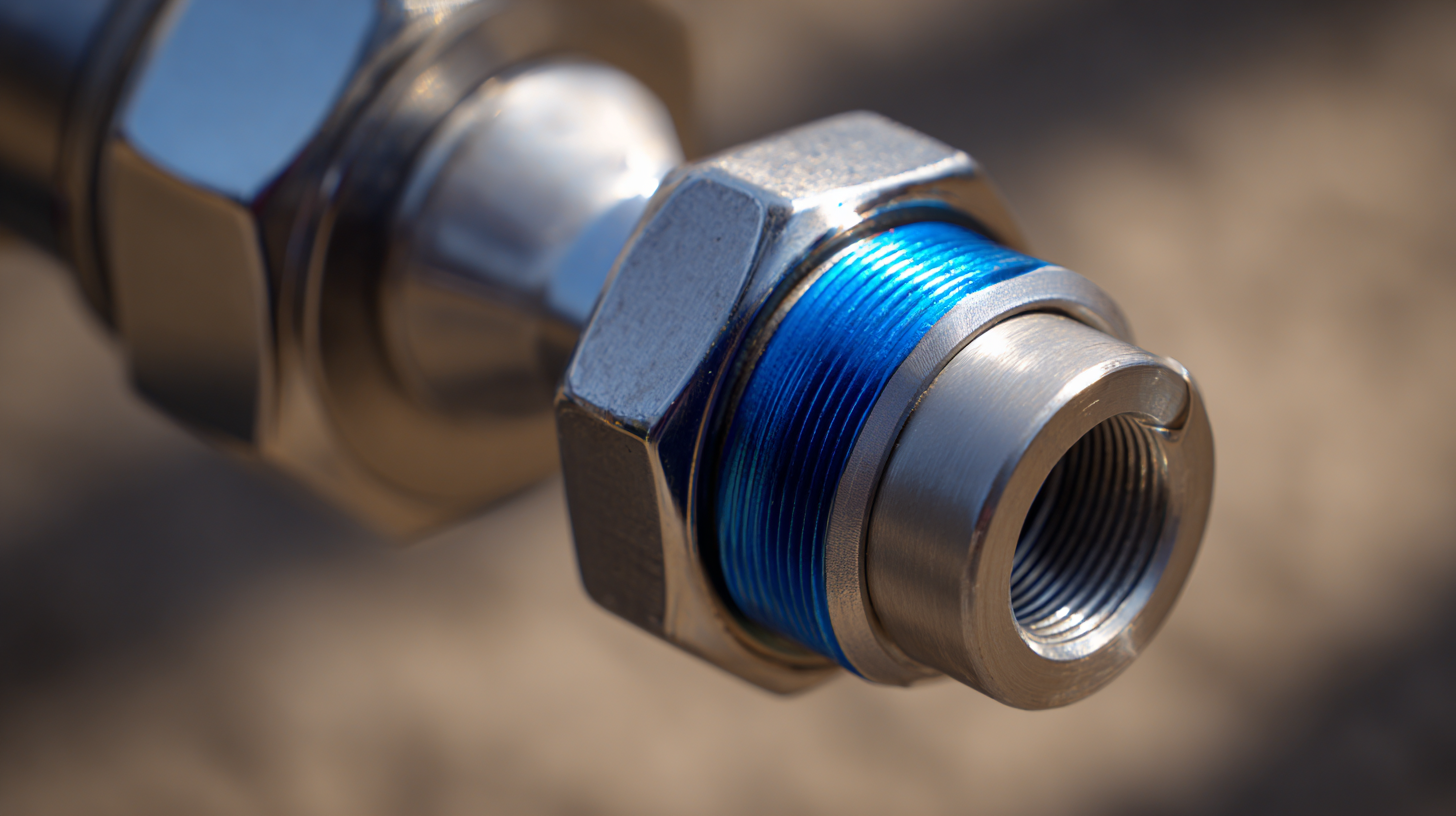
Testing ball check valves under different pressure scenarios is also essential. As the pressure differential across the valve changes, its ability to maintain a seal is put to the test. In high-pressure systems, the risk of valve seat deformation increases, which may compromise the seal integrity, leading to potential leaks. Additionally, the orientation of the valve, whether vertical or horizontal, can significantly impact its functionality and ease of maintenance, further emphasizing the importance of considering all these performance metrics during system design and evaluation.
Common Issues and Solutions for Ball Check Valve Failures
Ball check valves are crucial components in many fluid systems, but they are not immune to failures. Common issues often arise from debris accumulation, thermal expansion, or improper installation. Debris can obstruct the ball's movement, preventing it from sealing effectively. To mitigate this, regular maintenance and routine inspections are essential. Keeping the valve clean and free from obstruction will ensure smooth operations.
Another common problem is wear and tear due to temperature fluctuations. If the ball check valve is subjected to extreme heat or cold, it might warp or function improperly. When installing, it's important to select valves rated for the specific temperature range of your fluid system.
Tip: Always ensure proper orientation and installation of the ball check valve. An incorrectly installed valve can lead to premature failure. It's beneficial to consult manufacturer guidelines before installation to ensure optimal performance and longevity. Regular checks can help identify early signs of malfunction, preventing costly downtime and repairs.
Trends and Innovations in Ball Check Valve Technology for Enhanced Efficiency
The ball check valve market is experiencing significant innovations aimed at enhancing
efficiency and reliability in fluid management systems. According to a recent report by Market Research Future,
the global ball check valve market is projected to grow at a compound annual growth rate (CAGR) of 5.2%
from 2021 to 2027. This growth is driven by advancements in materials and designs that improve the operational lifespan and performance of these valves.
For instance, the integration of advanced elastomers and high-performance plastics enables superior resistance to harsh chemicals and extreme temperatures,
reducing maintenance costs and downtime for industrial applications.
Furthermore, the trend towards automation in fluid control has led to the development of smart ball check valves
equipped with IoT technology. These innovative devices offer real-time monitoring and data analytics, enabling operators to optimize flow management and reduce energy consumption.
A study by Allied Market Research indicates that the smart valve market is expected to reach $4.6 billion
by 2025, reflecting the increasing demand for intelligent fluid handling solutions. By leveraging these technological advancements, industries can achieve enhanced efficiency,
ensuring reliable operations and sustainability in their processes.
Related Posts
-

Top Strategies for Enhancing Efficiency with Pneumatic Valves in Industrial Applications
-
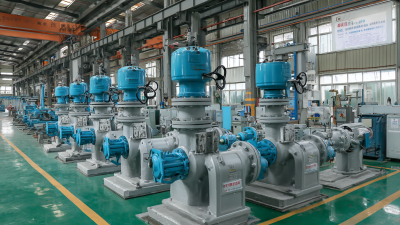
Elevating Global Standards through Best Control Valve Solutions Made in China
-
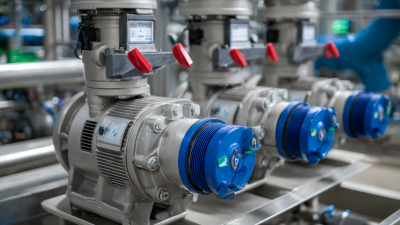
How to Choose the Best Motorized Valve for Your Industrial Needs
-

7 Effective Strategies for Choosing the Right Electric Valve
-
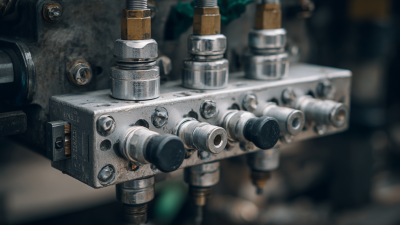
How to Select the Best Pneumatic Valve for Your Industrial Applications
-
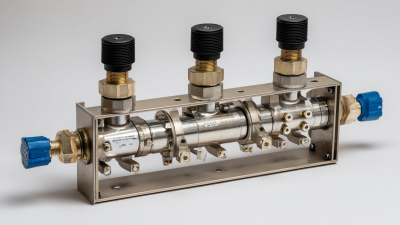
Unlocking Efficiency: Technical Specifications of the Best 3 Way Ball Valve and How to Optimize Its Use
